In the complex theater of the wild, cooperation emerges as a powerful tool for survival. Animal teamwork often mirrors human social behavior in unexpected ways, forming intricate networks that ensure mutual benefit and resilience. This article explores 12 fascinating examples of animals displaying remarkable collaboration to thrive in their natural habitats. From the depths of the ocean to the expansive savannas, these creatures remind us of the strength found in unity.
1. Wolves

Wolves are the epitome of collaborative survival in the wild. Living in structured packs, these intelligent predators employ strategic hunting techniques to capture prey. Each wolf has a designated role, from scouting to chasing, ultimately ensuring the success of the entire group. This social structure also extends to raising their young, where members cooperate to provide care and protection, reinforcing their bond and survival chances.
2. Meerkats

In the arid deserts of southern Africa, meerkats display exceptional cooperative behavior. Small family groups work in synchronized harmony, with designated sentinels keeping watch for predators while others forage for food. This division of labor ensures both safety and sustenance, as the vigilant sentry alerts the group to any approaching threats. Their highly social nature strengthens their community and increases their survival odds.
3. Honeybees

Honeybees exemplify cooperation on a micro-level, working collectively to build and maintain intricate hives. Each bee has a specific role, from worker bees gathering nectar to drones and queens contributing to the hive’s reproduction. This division of labor optimizes efficiency, ensuring the hive thrives. Their renowned “waggle dance” communicates valuable information about food sources, emphasizing the critical role of communication in their teamwork.
4. Chimpanzees
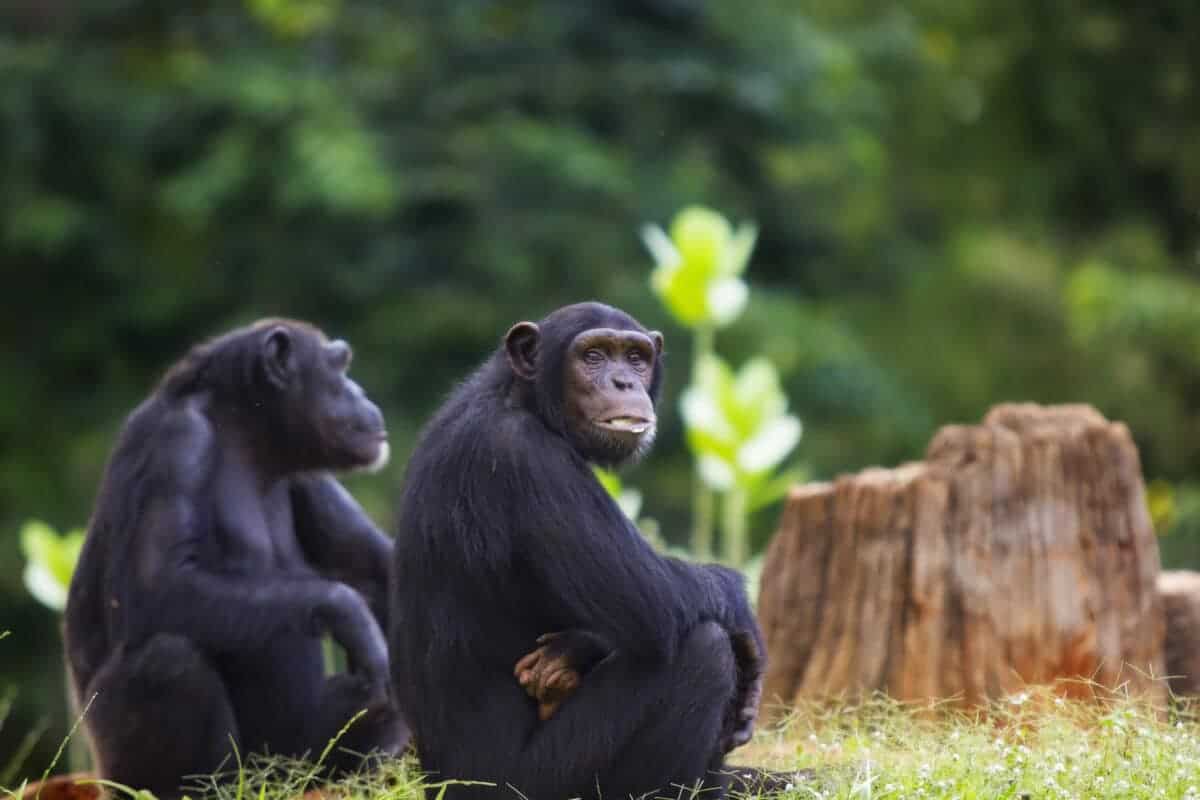
Chimpanzees, our close genetic relatives, showcase intricate social dynamics characterized by cooperative behaviors. Mutual grooming plays a crucial role in strengthening social bonds and maintaining group cohesion. Additionally, chimpanzees often hunt in groups, leveraging cooperation to catch prey. By working together, they increase their hunting success and reinforce social alliances within the troop, vital for their community’s stability.
5. African Wild Dogs
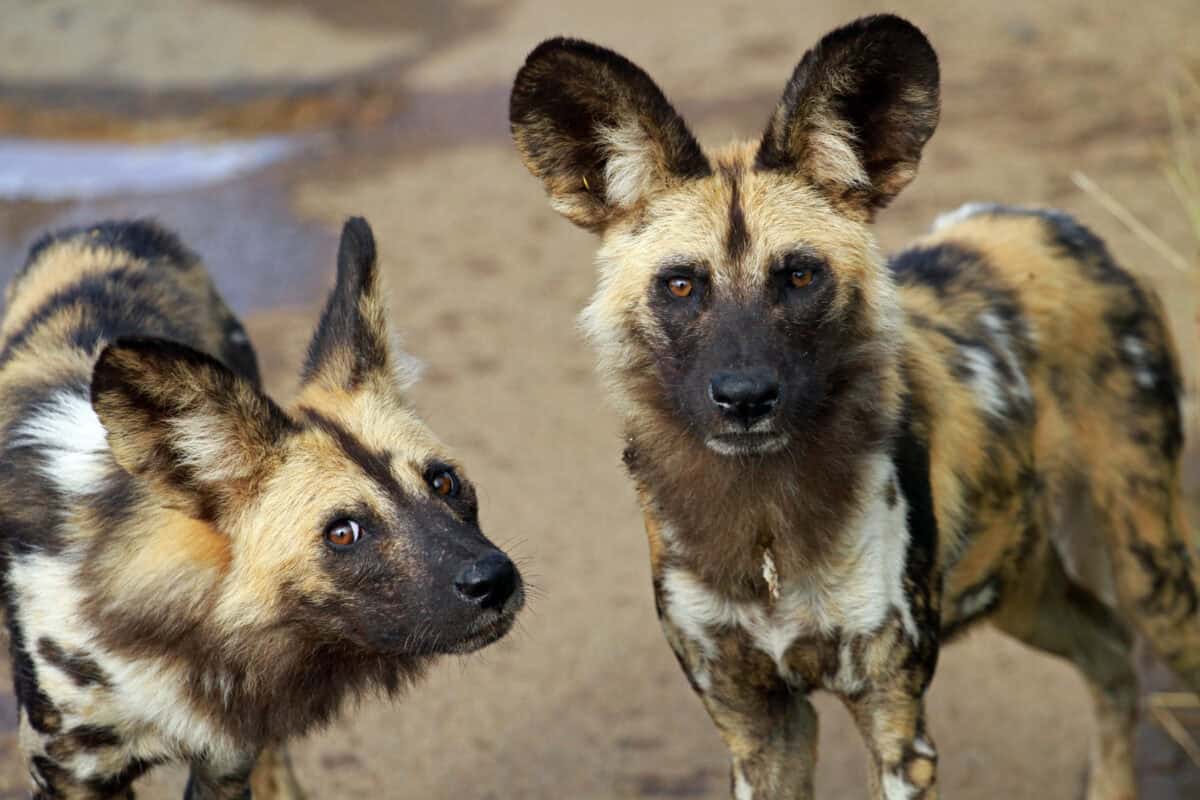
African wild dogs are known for their highly efficient and strategic hunting techniques. These pack animals coordinate their movements, using distinct roles like chasers and blockers to encircle prey. Their synchronized attacks reflect an advanced level of cooperation and communication. The pack members share their catches, ensuring even the weaker or injured individuals are cared for, reinforcing the notion that teamwork enhances their survival.
6. Dolphins
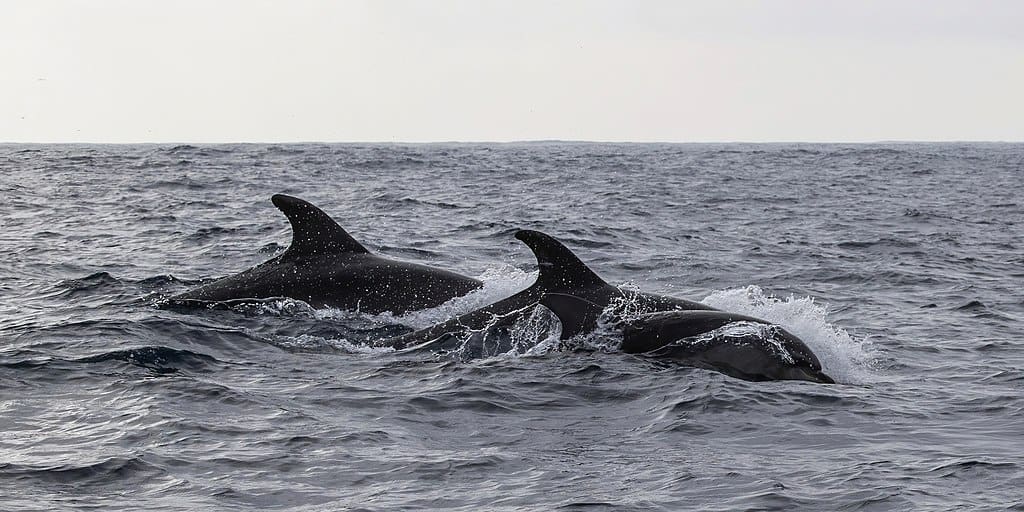
In the vastness of the ocean, dolphins display exceptional intelligence and coordination. They utilize complex vocalizations and body language to communicate during cooperative hunting. By encircling schools of fish, dolphins create bait balls, maximizing their feeding efficiency. These social bonds extend beyond hunting, as dolphins often assist injured or sick group members, showcasing their compassionate nature alongside their strategic prowess.
7. Ants

Ants are renowned for their highly organized colonies, functionally operating as a superorganism. Each ant performs specific duties, from foraging to caring for the young, all coordinated through chemical signals. Their collective efforts result in impressive feats of engineering like intricate tunnels and expansive nests. Ants work tirelessly not just for their individual survival, but for the prosperity of the whole colony.
8. Elephants
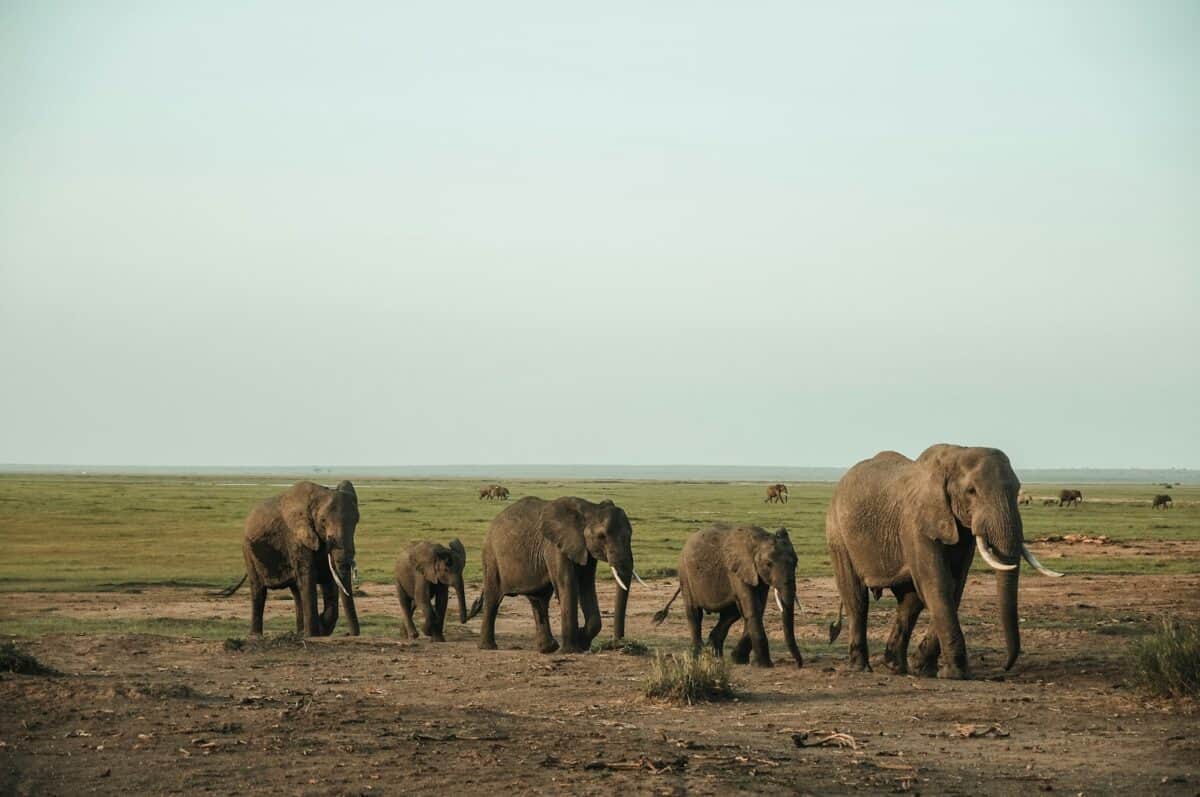
Elephant herds, often led by an experienced matriarch, rely on cooperative behavior for survival. These intelligent giants communicate through a range of vocalizations and seismic signals to coordinate movement and protect their young. Their collaborative efforts extend to helping injured members and sharing knowledge of water sources. The social bonds within a herd provide strength and stability, essential for navigating their often harsh environments.
9. Ravens

Ravens, known for their problem-solving abilities, often work together in pairs or groups to secure food. Their capacity to communicate and learn from one another allows them to devise strategies to access difficult food sources. In some cases, ravens have been observed cooperating with other species, such as wolves, using their relationship to guide them to potential prey in exchange for leftover scraps, highlighting their adaptability and intelligence.
10. Spotted Hyenas
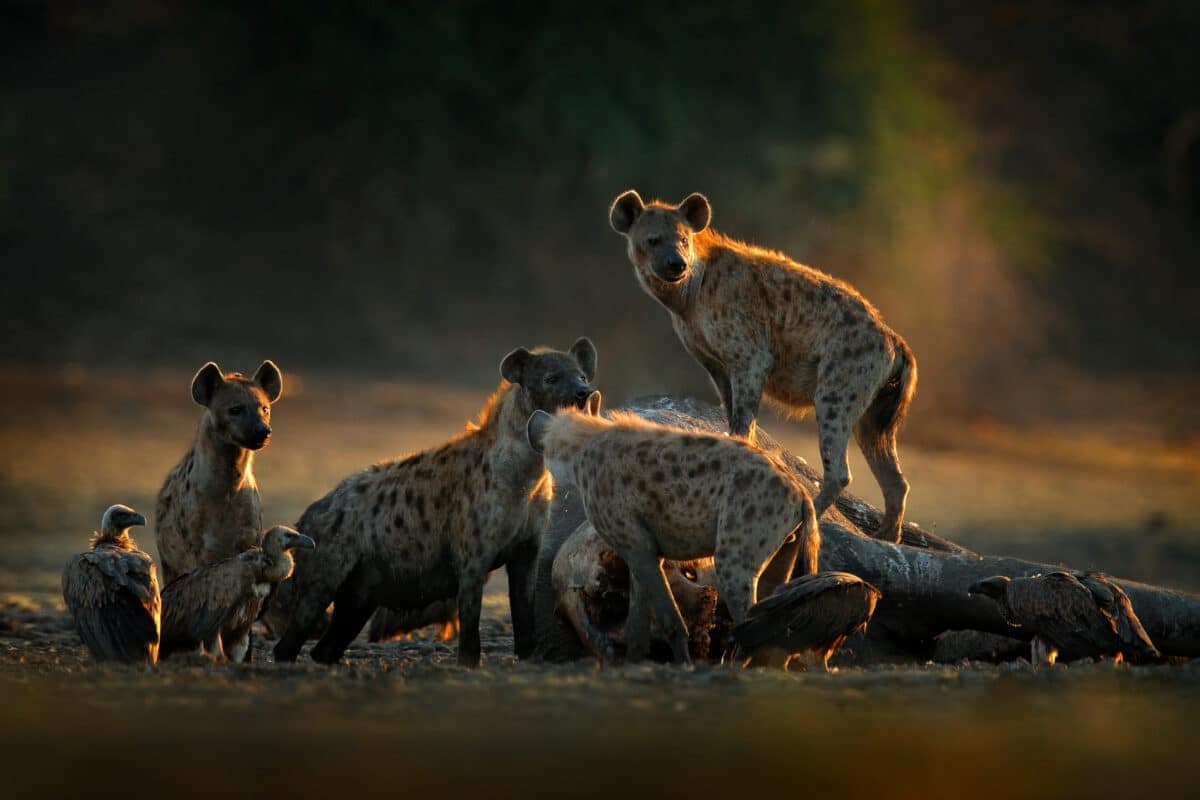
Despite their reputation, spotted hyenas employ cooperative strategies that are key to their survival. Living in female-led clans, they use complex vocalizations to communicate during group hunts. Their strength lies in their numbers and teamwork, allowing them to outcompete solitary predators for food. This cooperation extends to raising cubs, with communal care ensuring the next generation’s growth and learning.
11. Orcas

Orcas, or killer whales, are apex predators exhibiting high levels of cooperation. Living in pods, orcas use sophisticated hunting strategies tailored to their environment and prey. They communicate with clicks and whistles to synchronize attacks, whether corralling fish or hunting seals. The strength of their social structure and collaborative nature has led to their success as one of the ocean’s most formidable hunters.
12. Band of Brothers
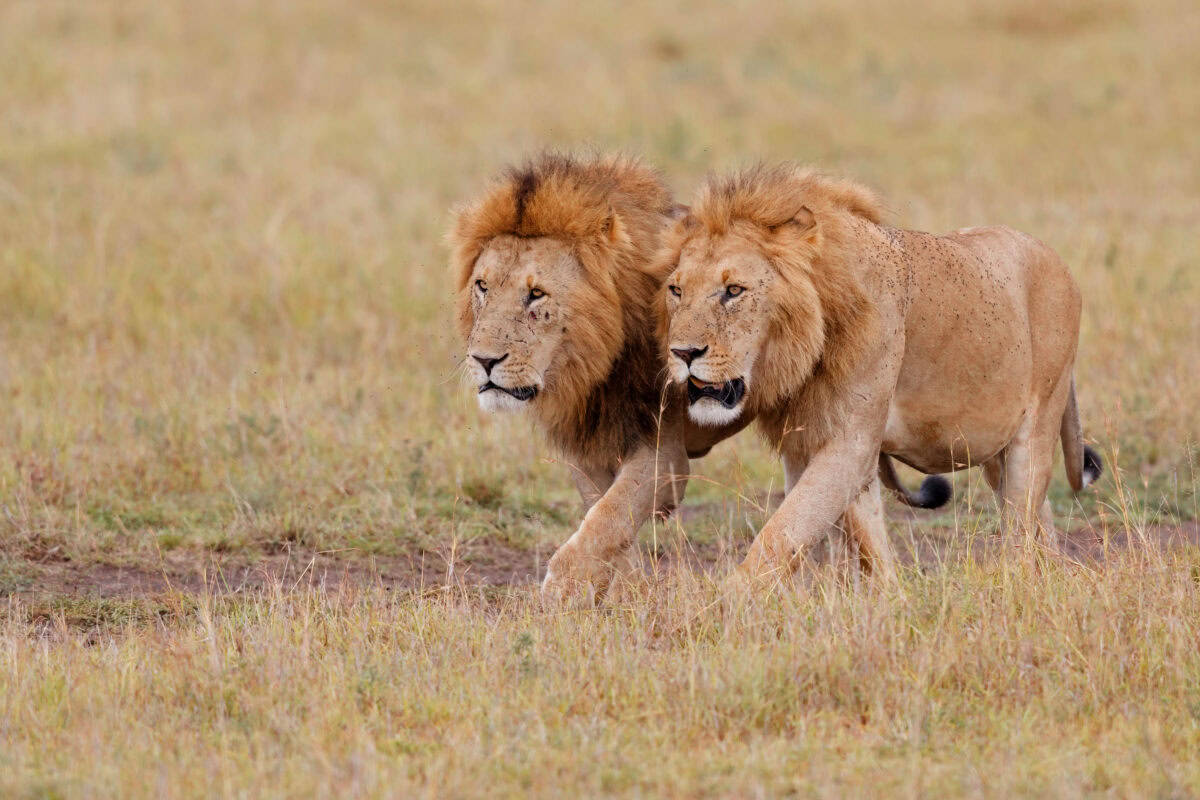
Lion prides, often composed of related females and their young, depend on teamwork for survival. Lionesses cooperate in hunting, using their numbers to surround and ambush prey efficiently. Meanwhile, males often defend the pride’s territory from intruders. These roles enhance the pride’s overall strength and resilience, underlining the notion that survival in the wild is often a group effort.
Conclusion

In conclusion, the natural world is filled with extraordinary examples of animal cooperation, demonstrating that working together significantly enhances survival chances. From the skies to the seas, and across diverse terrestrial ecosystems, these creatures prove that unity is indeed strength in the wild. The intricate balance of roles and the seamless communication seen among these animals inspire a deeper appreciation for nature’s collaborative instinct, reminding us that cooperation is as crucial in the wild as it is in human society.
- 12 Animals That Work Together to Survive in the Wild - August 14, 2025
- The Secret Role Wolves Play in Keeping Forests Healthy - August 13, 2025
- The Bird That Travels 15,000 Miles a Year Using the Stars for Navigation - August 13, 2025

